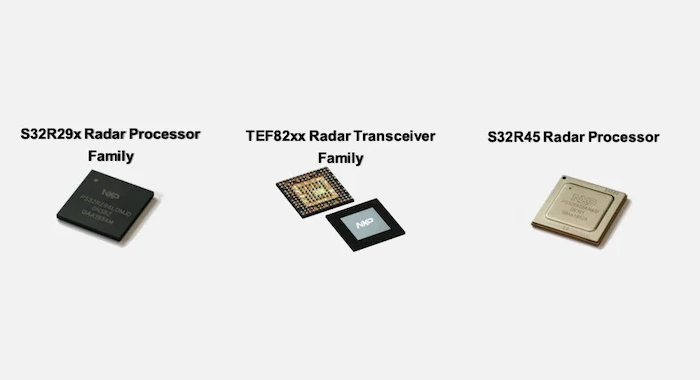
On December 7, 2020, at 2:00 AM EST, NXP released a new line of radar sensing technologies for the automotive industry.
Senior Director of ADAS at NXP Semiconductors Feulner says. "When it comes down to it, at the most basic level, we are aiming to avoid accidents and save lives, We believe that ADAS technology and radar sensors specifically can help make driving safer and avoid fatalities."
One of the key technologies underlying vehicle autonomy is radar sensors. Every year, about 1.3 million people die in road traffic. Radar sensing technology makes driving safer and provides safety functions such as 360-degree vision and blind-spot detection.
To help push vehicles into levels 3, 4, and 5 of autonomy—with safety as a core goal—NXP has recently made its newest contribution to the field of radar sense.
NXP’s New Line of Radar Solutions
The highlights of NXP’s newest release are the company’s second-generation 77 GHz RFCMOS radar transceiver family, the TEF82xx, and additions to its new S32 automotive processing platform—a radar processor family.
NXP claims that the TEF82xx family is the industry’s first automotive-grade radar transceiver in 40nm RFCMOS. Compared to its first-generation, NXP’s newest transceiver boasts doubled RF performance improvement with an output power of 13.5dBm and a noise figure of 11.5dB. The device is also said to reduce phase noise by four times around a given target.

These transceivers were designed to be paired with the S32 radar processor family to provide scalable and versatile radar imaging solutions and to bring 4D imaging radar to life. Leveraging an optimized architecture, NXP claims its new radar processor cuts cost and power of implementation by 50% compared to an FPGA equivalent.
Some notable features of the S32 family include a linear algebra accelerator, 8MB of internal SRAM, an external DDR interface, and a PCIe interface that allows cascading of processors as a domain controller.
Notably, these products were designed with scalability in mind. On this, Feulner states, "On the one hand, we have scalability on the radar transceiver—the ability to go from corner radar to front radar to imaging radar—to scale the number of front ends."
He continues, "By doing that, we also scale the number of antennas. With radar sensors, the accuracy scales with the number of antennas. We scale from 12 virtual antennas up to 192 virtual antennas with imaging radar."
Together, these solutions are part of the effort to reduce the 1.3 million yearly road deaths and represent radar’s evolution as a central part of driver assistance systems.

